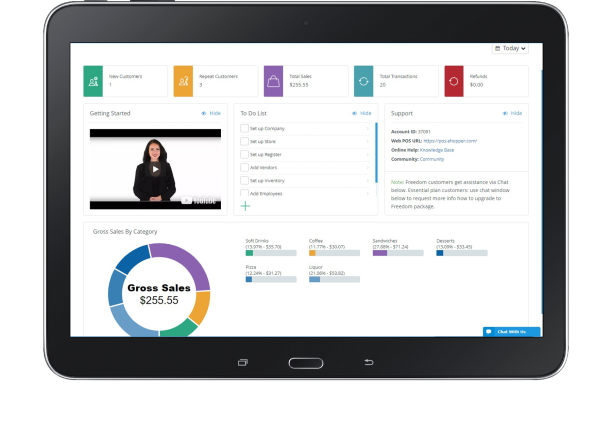Software Punto De Venta Full Crack

CrackAll v1.0 MultiCrack Crack a LOT of software. Programa para tienda ( Punto de Venta. Software-ready, downloadable 3D CAD models. Parametric search of over 30,000 OEM and distributor catalogs. Custom quotes service to connect buyers with. Honestech tvr 25 software for windows 7 64 bit.
No doubt you’ve heard that the amount of data being generated and stored is growing. And everywhere we look, we are continually reminded of the value of our data. But as the amount of data grows, are IT organizations realizing the value and unlocking its full potential? Software vendors in the data protection space are using the term backup less and less.
That makes sense, as just hearing the word backup can cause anxiety, fear and/or boredom., but not very fun. And anyone who has had data loss dreads those words even more.
Data protection is a little more elegant of a term, however, calling it data management is probably the most relevant in 2018. To just back up or protect your data in the age of gig economies and agile development seems shortsighted. Shouldn’t we be doing more? Shouldn’t we be “managing” our data? The Data Management Era Data management implies so much more.
Today’s IT environments are fraught with risks like ransomware and malicious cybercriminals. The data needs to be protected on a whole new level.
We also live in an era where customers expect instantaneous access and data needs to be readily available. Employees working in are increasingly looking for solutions that are simpler, easier and faster to use and consume. And, of course, IT budgets continue to shrink while businesses demand that IT provide value rather than just being a cost center. Ten years ago, organizations relied on tape media as a viable, economical option for data protection.
However, public cloud costs continue to decrease substantially, causing companies to re-evaluate their strategy. Leveraging tape media, which wears out over time, requires more steps to recovering data, and it’s heavily reliant on shipping and warehousing services outside of IT’s control. Companies that have large amounts of data and are operating with tape media require more management, time and resources. Cloud’s Backup Advantages Data management is very important to companies looking at public cloud like for backup and archiving. With modern data management solutions, data in a cloud can be quicker to recover and may take only a few clicks to restore.
Customers want ease of use and often do not have a large team dedicated to ensuring backups are happening correctly. Public cloud is still low cost per gigabyte and stored offsite like tape, but it offers additional advantages.
Azure for instance, offers multiple SLA options like hot blob, cool blob and archiving. Data can automatically move to different tiers based on policies set so that cold data doesn’t sit on more expensive cloud storage. Although every customer environment is different, data that’s more than four to six weeks old often has a low chance of ever needing to be accessed but still needs to exist. Compliance requirements often dictate that data is kept for years or possibly indefinitely but there is a very slim chance it will need to be accessed, and if it does need to be accessed, it is acceptable to have a delay before the data is accessed.
Other Cloud Benefits Data stored in the public cloud can be usable for test/dev or analytics projects. Analytics projects that serve IT operations can provide customer insights to their IT environment, like what types of data do they have, how fast is it growing, and what users are storing. Cloud scales effortlessly, so only pay for what you use. There’s no physical hardware upgrades or data migrations like traditional on-premises solutions have required in the past. You can easily replicate across multiple cloud data centers in multiple regions across the country when data protection necessitates it. Data protection has appropriately turned into data management.
If you’re using, seriously consider removing the risk of human error and take advantage of the low cost of public cloud for longer retention requirements and archiving. This will result in less infrastructure costs and can be expanded easily while keeping your data safe. This blog post brought to you.